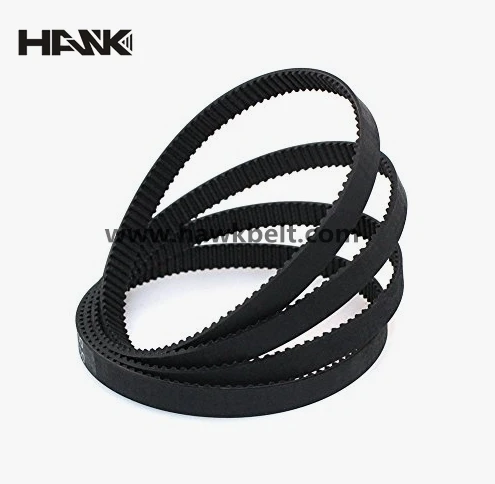- Arabic
- French
- Russian
- Spanish
- Portuguese
- Turkish
- Armenian
- English
- Albanian
- Amharic
- Azerbaijani
- Basque
- Belarusian
- Bengali
- Bosnian
- Bulgarian
- Catalan
- Cebuano
- Corsican
- Croatian
- Czech
- Danish
- Dutch
- Afrikaans
- Esperanto
- Estonian
- Finnish
- Frisian
- Galician
- Georgian
- German
- Greek
- Gujarati
- Haitian Creole
- hausa
- hawaiian
- Hebrew
- Hindi
- Miao
- Hungarian
- Icelandic
- igbo
- Indonesian
- irish
- Italian
- Japanese
- Javanese
- Kannada
- kazakh
- Khmer
- Rwandese
- Korean
- Kurdish
- Kyrgyz
- Lao
- Latin
- Latvian
- Lithuanian
- Luxembourgish
- Macedonian
- Malgashi
- Malay
- Malayalam
- Maltese
- Maori
- Marathi
- Mongolian
- Myanmar
- Nepali
- Norwegian
- Norwegian
- Occitan
- Pashto
- Persian
- Polish
- Punjabi
- Romanian
- Samoan
- Scottish Gaelic
- Serbian
- Sesotho
- Shona
- Sindhi
- Sinhala
- Slovak
- Slovenian
- Somali
- Sundanese
- Swahili
- Swedish
- Tagalog
- Tajik
- Tamil
- Tatar
- Telugu
- Thai
- Turkmen
- Ukrainian
- Urdu
- Uighur
- Uzbek
- Vietnamese
- Welsh
- Bantu
- Yiddish
- Yoruba
- Zulu
نوفمبر . 22, 2024 02:14 Back to list
mechanical drives and belting
Mechanical Drives and Belting An Overview
Mechanical drives and belting systems play a crucial role in the transmission of power across various industrial and mechanical applications. These systems convert rotational motion from a power source into motion that can be leveraged in numerous machines, making them vital in manufacturing, automotive, and various engineering sectors.
At the core of mechanical drive systems are components such as gears, pulleys, and belts
. Gears are used to change the speed and torque of the power being transmitted. However, belts and pulleys are often a preferred choice due to their simplicity, cost-effectiveness, and ability to handle various load capacities without significant wear.The most common types of belts employed in mechanical drives include flat belts, V-belts, and timing belts. Each type serves a specific purpose based on the application’s needs. Flat belts are ideal for general power transmission and are commonly used in low-power applications. V-belts, with their trapezoidal cross-section, provide a better grip and greater resistance to slippage, making them suitable for moderate to high-power applications. Timing belts, which have teeth that fit into matching grooves in the pulleys, ensure precise timing and synchronization, essential for applications requiring exact rotational alignment, such as in automotive engines.
mechanical drives and belting

Belting systems also feature various materials such as rubber, polyurethane, and leather, each offering distinct advantages regarding durability, flexibility, and resistance to environmental factors. For instance, rubber belts are highly favored for their flexibility and strength but can degrade over time under extreme conditions. On the other hand, polyurethane belts are less prone to stretching and provide longer service life under consistent load.
In modern applications, the integration of technology has led to advancements in mechanical drives and belting systems. Innovations such as real-time monitoring and smart sensors enable operators to assess the condition of belts, predicting potential failures before they occur, thereby enhancing operational efficiency and reducing downtime.
In summary, mechanical drives and belting systems are integral to the effective functioning of various machines, offering a reliable and efficient means of power transmission. With ongoing advancements in materials and technology, these systems are set to become even more efficient and resilient, supporting the ever-evolving demands of modern industries.
-
Korean Auto Parts Timing Belt 24312-37500 For Hyundai/Kia
NewsMar.07,2025
-
7PK2300 90916-T2024 RIBBED BELT POLY V BELT PK BELT
NewsMar.07,2025
-
Chinese Auto Belt Factory 310-2M-22 For BMW/Mercedes-Benz
NewsMar.07,2025
-
Chinese Auto Belt Factory 310-2M-22 For BMW/Mercedes-Benz
NewsMar.07,2025
-
90916-02660 PK Belt 6PK1680 For Toyota
NewsMar.07,2025
-
drive belt serpentine belt
NewsMar.07,2025

